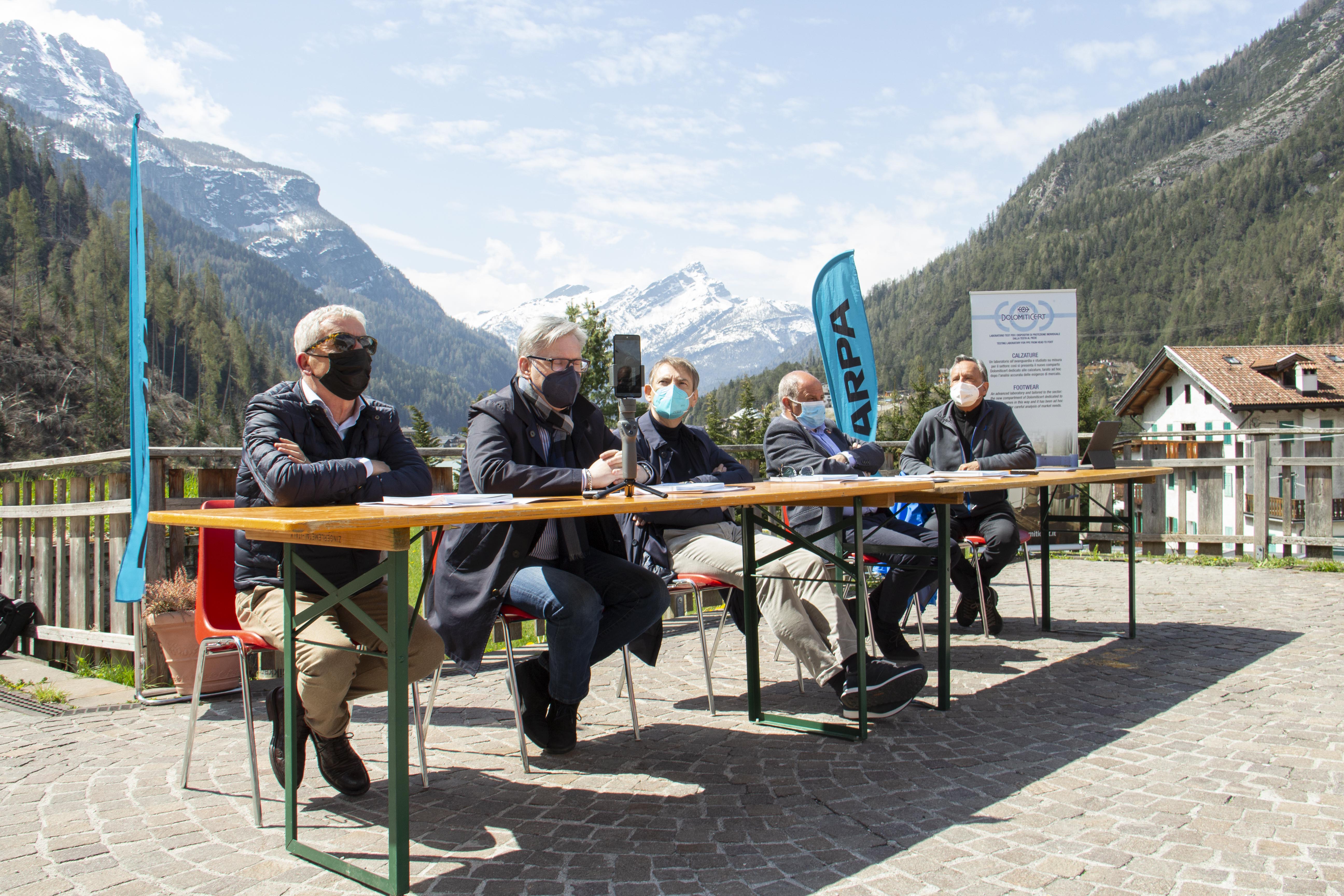SCARPA and the mountain mutilated by storm Vaia
SCARPA, a company from Treviso, Italy, leader in the production of mountain and outdoor footwear, is supporting a project aimed at reviving an area of the Alleghe forest destroyed by Vaia, the storm that in October 2018 hit several areas of North-Eastern Italy causing very serious environmental damage.
The initiative is promoted by the Dolomiticert Institute of Certification and Research and involves the removal of plants torn up by the violent meteorological event, and subsequent reforestation with a programme designed ad hoc by the Veneto Region. The work, scheduled for the month of June, will involve an area of woodland overlooking Lake Alleghe near the centre of the village, which was particularly hard hit by the devastation caused by storm Vaia. Once repopulated with vegetation, the area could become the symbol of the rebirth of an entire territory.
“The serious consequences of storm Vaia have deeply affected and saddened us – underlines Diego Bolzonello, CEO of SCARPA. “Hence the desire to create a project to bring the forest near the Alleghe lake back to life. Our company has the mountains in its DNA and since the very beginning has been the spokesperson for a culture based on respect for nature, as demonstrated by the recent launch of the Green Manifesto, a programmatic commitment that enunciates the company’s sustainable principles and translates them into new activities that align SCARPA with the best international standards. The initiative we are presenting today is exactly in line with this mission, as well as being a sign of hope for a territory that continues to suffer the damage of such a dramatic event”.
From a technical point of view, the project will restore the protective, productive, environmental and carbon-fixing functions normally attributable to the forest. The seedlings will be planted and then cared for by means of targeted mowing to eliminate the herbaceous plants that take away light and nutrients, and those that have not taken root will be replaced for two years until the work is completed.




